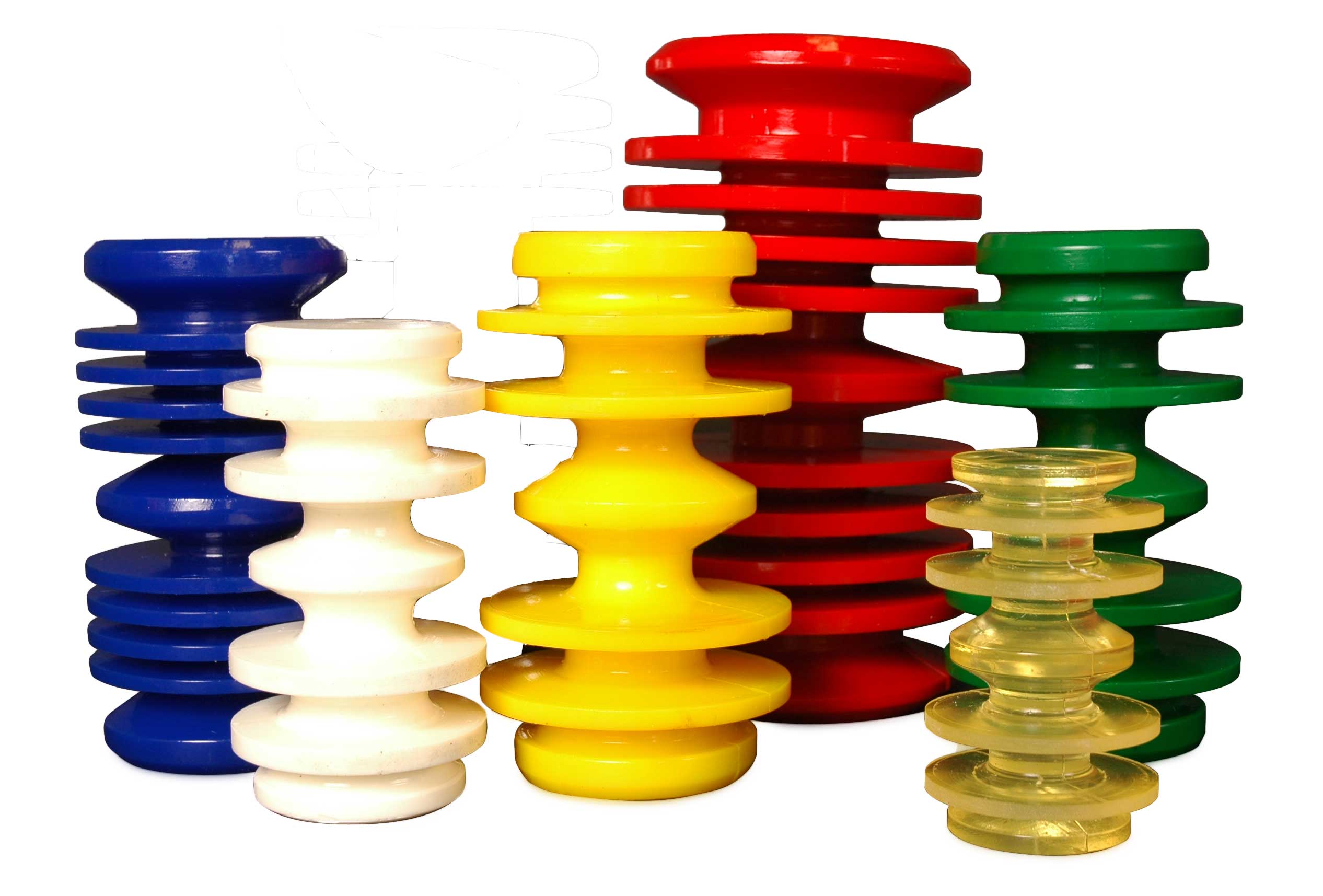
Save Product, Time & Money Using A Process Pigging System
The use of pipeline Process Pigging Systems, also known as Product Recovery Systems, to clean, batch, or displace product in pipelines has been used in many process industries from food and drug, to paint and chemical, for many years, yet to some it is a relatively new or unheard of concept. Those who use pipeline pigging know that there are many benefits with little or no risk with the proper technology. The pig itself is a simple device usually made of poly urethane or a rubber material like neoprene. Although pigs range in sizes from ½” to 60” the most common sizes that are used in the process industries are 2” to 6”.
How Can Pigging Save Money?
What would be the purpose of using a pigging system in a paint packaging plant or storage facility? There are several reasons to pig a pipeline and they all have the same result, to save money, which affects the bottom line.
- Save Product – Reduce Waste
Pigging a paint process line can save product that may normally be flushed down the drain to make ready for the next product to run through the line. Rather then lose the product; with a pigging system any product left in a pipeline can be pigged out of the line to be sold or back in storage for a future sale. The line is then ready for the next product or flushing solution to be run through the line. - Reduce Dedicated Lines
Pigging also reduces the need for numerous dedicated lines. Since pigs minimize cross contamination, pigging allows the transfer of multiple products through the same pipeline.
- Save Product – Reduce Waste
Both of these benefits alone can save processing plants thousands of dollars per month. Are you curious about how much your operation could save by using a pigging system? Use our Pigging ROI Calculator to find out.
Pigging System Considerations:
Regardless if the pigging system will be a simple manual system, a fully automated system, or a combination of both, the design of the pig launcher, pig receiver, pig sensor and the pig itself need to be considered. The launcher and receiver should be designed for ease of operation with quick but safe entry points and an inside diameter over-sized for easily inserting the pig. Magnetic Pig Sensors can be used anywhere on the line to know the pig location. Sensors are typically used at the launch end and receiving end to let the operator know the pig is ready to launch or has been received. Sensors can also be used at other location in the system to operate valves etc. as the pig passes a certain point. To insure the maximum efficiency in any system the simplest, yet most important item in the pigging system, is the pig itself.
To enhance the pigs sealing and product displacement capabilities, it should have multiple sealing discs that have a slightly larger diameter then the inside diameter of the pipe. Slightly undersized guide discs enable the pig to stay centered when negotiating pipe bends. Process pigs are available in different types of urethane and rubber compounds. The selection of the material will be based on the chemical compatibility of the material and the product to be pigged.
Inline Services Can Design the Right Process Pigging System for You!
If you have not used a process pigging system to recover valuable product from a pipeline, it is worth investigating. If you have used pigging systems then you know there value to the company. In any case when looking at putting in a process pigging system whether starting from scratch or expanding existing pipe always consult with a process pigging company expert to make sure your system will give you the best results.
Inline services specializes in product recovery process pigging systems for both sanitary and industrial applications. If you are interested in learning more about how a pigging system can benefit your operations, contact one of our pigging experts today!





 Click Here to Find Out!
Click Here to Find Out!